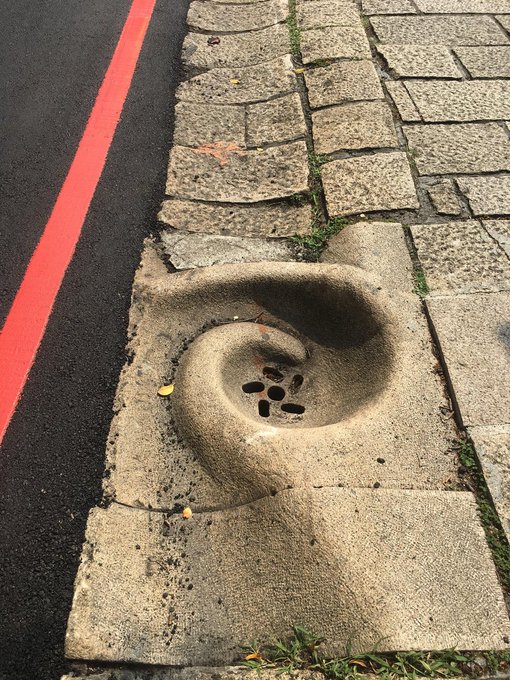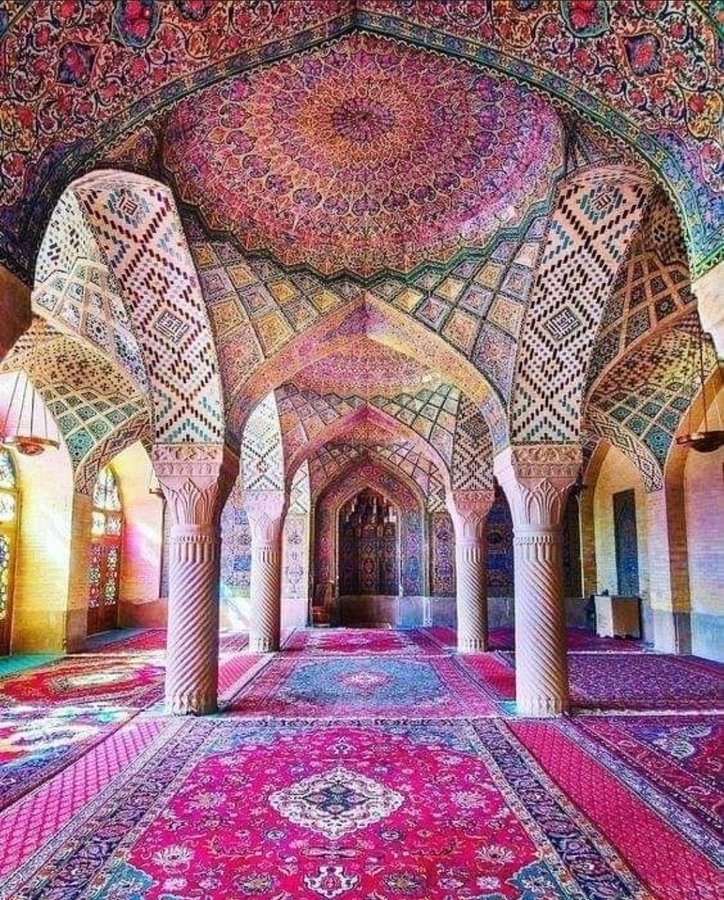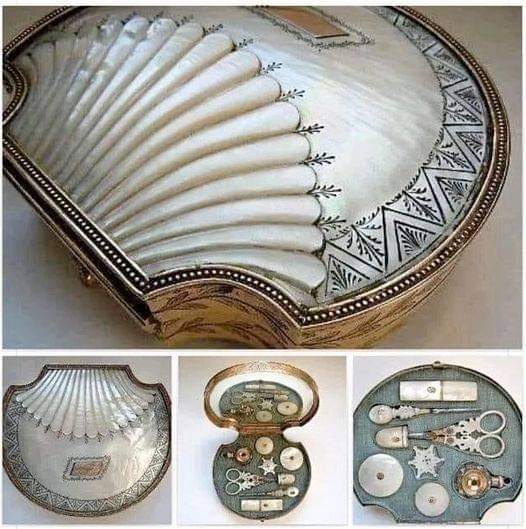You are using an out of date browser. It may not display this or other websites correctly.
You should upgrade or use an alternative browser.
You should upgrade or use an alternative browser.
Beautiful Art: architecture, paintings, sculptures, etc
- Thread starter Pierre
- Start date
Ralph Peacock was born in Woodgrain, London in 1868 and was trained as a civil servant, but when he was 18 he took art classes at the South Lambeth Art School, attending twice a week in the evenings. Later he was trained at the Royal Academy when more influential and well-known artists recognized his talent. Of the two girls in the painting below, the elder, Edith Brignall, became his wife.
Ralph Peacock - The Sisters (1900):

Ralph Peacock - The Sisters (1900):
PERLOU
The Living Force
C’est une tradition du Moyen-Âge, les escaliers en colimaçon dans les tours furent construits pour que la montée se fasse dans le sens des aiguilles d’une montre. Pourquoi ? les défenseurs avaient un avantage dans les escaliers, la main droite pouvant porter le coup le plus fort.
It is a tradition of the Middle Ages, the spiral staircases in the towers were built so that the ascent was done in a clockwise direction. For what ? the defenders had an advantage on the stairs, with the right hand being able to land the hardest blow.
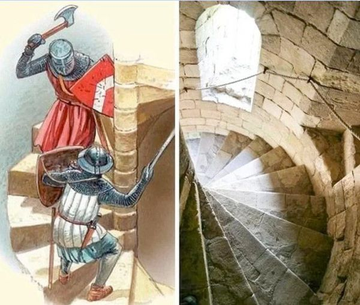
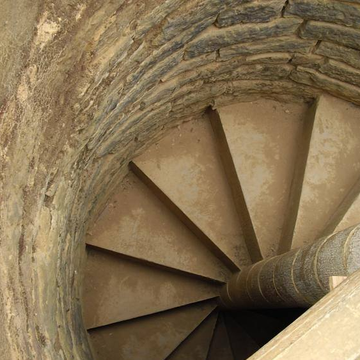
It is a tradition of the Middle Ages, the spiral staircases in the towers were built so that the ascent was done in a clockwise direction. For what ? the defenders had an advantage on the stairs, with the right hand being able to land the hardest blow.


PERLOU
The Living Force
Un vase brisé, une tasse ébréchée... Plutôt que de recoller les morceaux en cachant les cassures, et si on les réparait selon la méthode Kintsugi ? Ode à l’imperfection et à la fragilité
A broken vase, a chipped cup... Rather than picking up the pieces by hiding the breaks, what if we repaired them according to the Kintsugi method? Ode to imperfection and fragility

radiofrance.fr
Le Kintsugi, l'art de réparer les objets en sublimant les cassures
Un vase brisé, une tasse ébréchée… Plutôt que de recoller les morceaux en cachant les cassures, et si on les réparait selon la méthode Kintsugi ? Cette discipline japonaise nous incite à accepte
A broken vase, a chipped cup... Rather than picking up the pieces by hiding the breaks, what if we repaired them according to the Kintsugi method? Ode to imperfection and fragility

radiofrance.fr
Le Kintsugi, l'art de réparer les objets en sublimant les cassures
Un vase brisé, une tasse ébréchée… Plutôt que de recoller les morceaux en cachant les cassures, et si on les réparait selon la méthode Kintsugi ? Cette discipline japonaise nous incite à accepte
Is this at a tollgate? Instead of putting someone on a pillar, someone lives on a pillar - how wonderful!Eschif in Périgueux, France. built in 1347.

PERLOU
The Living Force
Conception d'une bague de mariage, étape par étape
Designing a wedding ring, step by step
Designing a wedding ring, step by step
PERLOU
The Living Force
La petite île croate de Bavljenac. Sur cet îlot aujourd'hui inhabité, un fin réseau de murets de pierre permettait de délimiter les parcelles tout en protégeant les cultures des vents de l’Adriatique. Bavljenac est une petite île croate située dans la partie centrale de l'archipel de Zadar, dans la mer Adriatique. Elle mesure environ 1,5 km de longueur et 500 mètres de largeur. L'île est inhabitée depuis les années 1950, bien qu'elle abrite encore quelques bâtiments et structures, y compris une église du XVIIe siècle dédiée à Saint Roch. L'île est connue pour sa beauté naturelle et son charme rustique, ainsi que pour son agriculture traditionnelle. Les habitants de l'île cultivaient autrefois des oliviers, des figuiers, des vignes et des légumes, et élevaient également des moutons et des chèvres. De nos jours, l'île est une destination populaire pour les plaisanciers et les touristes à la recherche de tranquillité et d'authenticité. Les visiteurs peuvent se baigner dans les eaux cristallines qui entourent l'île, explorer les sentiers de randonnée qui serpentent à travers les champs et les forêts, ou tout simplement se détendre et profiter de la vue imprenable sur la mer Adriatique. Avez-vous remarqué aussi qu'elle ressemble aussi à une empreinte digitale vu d'en haut ? Crédit photo : Wikimedia Commons
The small Croatian island of Bavljenac. On this now uninhabited islet, a fine network of stone walls made it possible to delimit the plots while protecting the crops from the Adriatic winds. Bavljenac is a small Croatian island located in the central part of the Zadar archipelago in the Adriatic Sea. It is about 1.5 km long and 500 meters wide. The island has been uninhabited since the 1950s, although it still houses a few buildings and structures, including a 17th century church dedicated to Saint Roch. The island is known for its natural beauty and rustic charm, as well as its traditional agriculture. The inhabitants of the island once cultivated olive trees, fig trees, vines and vegetables, and also raised sheep and goats. Nowadays, the island is a popular destination for boaters and tourists looking for tranquility and authenticity. Visitors can swim in the crystal clear waters that surround the island, explore the hiking trails that wind through fields and forests, or simply relax and enjoy the stunning views of the Adriatic Sea. Did you also notice that it also looks like a fingerprint from above? Photo credit: Wikimedia Commons
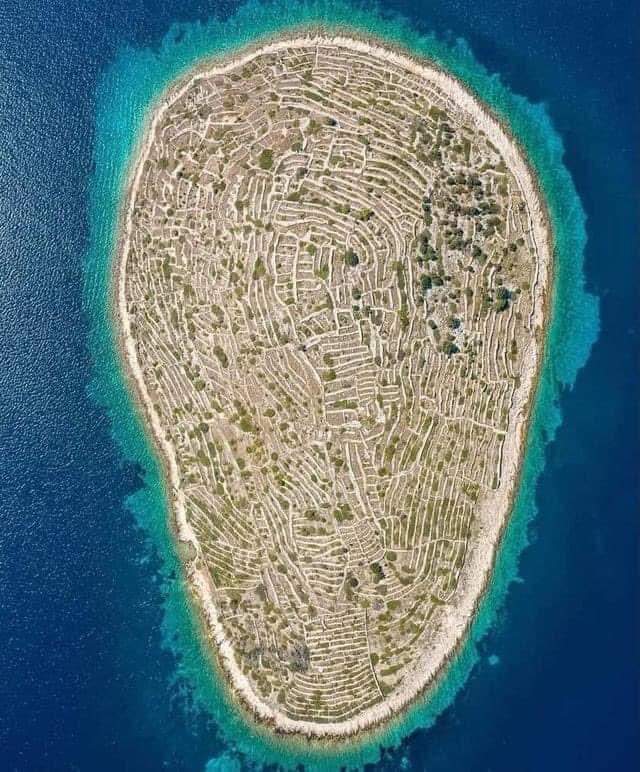
The small Croatian island of Bavljenac. On this now uninhabited islet, a fine network of stone walls made it possible to delimit the plots while protecting the crops from the Adriatic winds. Bavljenac is a small Croatian island located in the central part of the Zadar archipelago in the Adriatic Sea. It is about 1.5 km long and 500 meters wide. The island has been uninhabited since the 1950s, although it still houses a few buildings and structures, including a 17th century church dedicated to Saint Roch. The island is known for its natural beauty and rustic charm, as well as its traditional agriculture. The inhabitants of the island once cultivated olive trees, fig trees, vines and vegetables, and also raised sheep and goats. Nowadays, the island is a popular destination for boaters and tourists looking for tranquility and authenticity. Visitors can swim in the crystal clear waters that surround the island, explore the hiking trails that wind through fields and forests, or simply relax and enjoy the stunning views of the Adriatic Sea. Did you also notice that it also looks like a fingerprint from above? Photo credit: Wikimedia Commons

Ou à un pied, vu en réflexologie.La petite île croate de Bavljenac. Sur cet îlot aujourd'hui inhabité, un fin réseau de murets de pierre permettait de délimiter les parcelles tout en protégeant les cultures des vents de l’Adriatique. Bavljenac est une petite île croate située dans la partie centrale de l'archipel de Zadar, dans la mer Adriatique. Elle mesure environ 1,5 km de longueur et 500 mètres de largeur. L'île est inhabitée depuis les années 1950, bien qu'elle abrite encore quelques bâtiments et structures, y compris une église du XVIIe siècle dédiée à Saint Roch. L'île est connue pour sa beauté naturelle et son charme rustique, ainsi que pour son agriculture traditionnelle. Les habitants de l'île cultivaient autrefois des oliviers, des figuiers, des vignes et des légumes, et élevaient également des moutons et des chèvres. De nos jours, l'île est une destination populaire pour les plaisanciers et les touristes à la recherche de tranquillité et d'authenticité. Les visiteurs peuvent se baigner dans les eaux cristallines qui entourent l'île, explorer les sentiers de randonnée qui serpentent à travers les champs et les forêts, ou tout simplement se détendre et profiter de la vue imprenable sur la mer Adriatique. Avez-vous remarqué aussi qu'elle ressemble aussi à une empreinte digitale vu d'en haut ? Crédit photo : Wikimedia Commons
The small Croatian island of Bavljenac. On this now uninhabited islet, a fine network of stone walls made it possible to delimit the plots while protecting the crops from the Adriatic winds. Bavljenac is a small Croatian island located in the central part of the Zadar archipelago in the Adriatic Sea. It is about 1.5 km long and 500 meters wide. The island has been uninhabited since the 1950s, although it still houses a few buildings and structures, including a 17th century church dedicated to Saint Roch. The island is known for its natural beauty and rustic charm, as well as its traditional agriculture. The inhabitants of the island once cultivated olive trees, fig trees, vines and vegetables, and also raised sheep and goats. Nowadays, the island is a popular destination for boaters and tourists looking for tranquility and authenticity. Visitors can swim in the crystal clear waters that surround the island, explore the hiking trails that wind through fields and forests, or simply relax and enjoy the stunning views of the Adriatic Sea. Did you also notice that it also looks like a fingerprint from above? Photo credit: Wikimedia Commons

Or to a foot, as seen in reflexology.
Trending content
-
-
-
Thread 'Coronavirus Pandemic: Apocalypse Now! Or exaggerated scare story?'
- wanderingthomas
Replies: 30K


